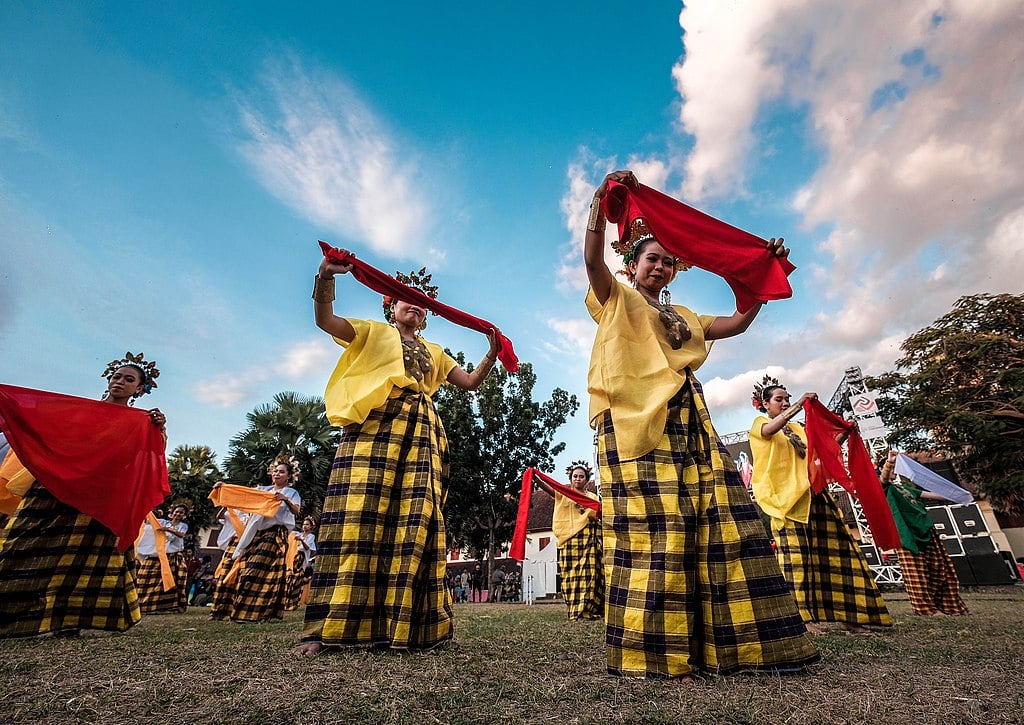
Photo: Ali Froghi
Diverse-led organisations fared worst in cultural recovery support
Arts organisations led by Black, Asian or other ethnically diverse groups were least successful in obtaining financial support from the government’s Culture Recovery Fund, according to ACE’s new diversity data report.
Overall, 64% of applications to the Cultural Recovery Fund, designed to support organisations through the impact of the pandemic, were successful. But that figure was only 60% for Black, Asian and ethnically diverse led organisations, lower than any other group.
The figure was published as part of ACE’s Equality, Diversity and Inclusion data report 2020-21, which measures the diversity of the arts sector – across funding, workforce, governance and audiences – in comparison to the diversity of England as a whole.
So far ACE has distributed £892m of financial support through the fund, but the report reveals that success rates varied according to the characteristics of the leadership of applicants.
READ MORE:
- Arts Council England U-turned on banning NPOs that lack diversity
- Who gets ACE funding? Diversity data reveals surprising trends
62% of applications from disabled-led organisations and 63% of applications by LGBTQ+ led organisations were successful. Female-led organisations bucked the trend with the highest level of successful applications at 70%.
The data shows that Black, Asian or ethnically diverse-led organisations received 10% of the total amount paid out by the fund, despite 17% of the general population identifying as Black, Asian, or ethnically diverse.
Disabled-led organisations received five per cent of the total, despite people with disabilities making up 23% of the general population. Female-led organisations received 30% of the total and LGBTQ+ organisations received 10%.
Emergency response funds
However, the data did show that diverse organisations were more likely to be successful in applying for the separate Emergency Response Funds programme – which paid out £98m during the period.
Of all the applications received, 71% were successful. But for applications from Black, Asian, and ethnically diverse led organisations or individuals, the figure was 75% with 1,949 awards totalling £12.3m from 2,594 applications.
The success rate among female applicants was 77% (5,182 awards for a total of £40.7m from 6,769 applications). For LGBTQ+ applicants the success rate was 79% (1,604 awards totalling £6.4m from 2,040 applications), while the success rate among disabled applicants was 81% (1,099 awards totalling £4m from 1,357 applications).
ACE waived the reporting requirements for National Portfolio organisations providing data for the 2020-21 report, due to the challenges posed by the pandemic.
As a result, the report does not contain comparisons to previous years, but it includes breakdowns along many of the same categories used in previous annual reports.
Workforce diversity below national averages
In 2021, the total workforce surveyed for the report included 49% women, one per cent lower than in the general population.
The report said that 14% of arts workers were Black, Asian or ethnically diverse, as opposed to a national average of 17%. Meanwhile, 10% identified as LGBTQ+, compared with a national average of 3%, and 7% were disabled, well below the national average of 23%.
By contrast, at the board level of NPOs, the makeup was 49% women, 18% Black, Asian or ethnically diverse, 8% LGBTQ+ and 9% disabled.
In NPO management positions 77% of people were White, 7% were "White other", with 9% identifying as Black, Asian or ethnically diverse.
Audience data
All NPOs are required to gather data about their audiences using the Audience Agency’s Audience Finder tool, enabling the collection of information around the protected characteristics of the audiences they serve.
For 2020/21, 7% of audiences reported a disability, 7% were from Black, Asian or ethnically diverse backgrounds and 64% of total audiences were female.
Positive movement
Rekha Dosaj, Head of Training and Client Services at Inc Arts UK, said that overall the report showed “positive movement in the direction of inclusivity”.
“However, there remains a higher representation of the white workforce in leadership positions and permanent contracts, alongside a higher representation of the ethnically diverse workforce in contractual roles and artist positions – which shows us that whilst diversity is present, it remains precarious,” she added.
Dosaj said that “real change does not happen overnight but is part of a long-term culture”, welcoming ACE’s “ongoing commitment to inclusivity” but stressing that there is more work to be done to make “long-term, inclusive change” in the arts industry.
“We would really welcome more representation into the stories behind the data of 2020/21 – who was made redundant, what sector did people move into, which organisations have actively committed to long-term equitable change,” she said.
“There are stories yet to be told – not just around how Covid-19 impacted the diversity of organisations, but how it impacted our ethnically diverse colleagues as individuals.”
She added that ACE should also consider a more nuanced approach to data analysis, such as including the number of people who identify as ethnically diverse and disabled.
“With new census data becoming available this year, we must also benchmark future workforce demographics against up-to-date working age populations,” she said.
“Ethnically diverse people have a younger age profile, so are more likely to be at working age than those retired. This would offer a truer picture of disparate employment in our sector.”
Correction: This article was amended on 5 July to remove the use of the outdated and inaccurate term BME. This was not the term used by Inc Arts who actively campaign against its use.
Join the Discussion
You must be logged in to post a comment.